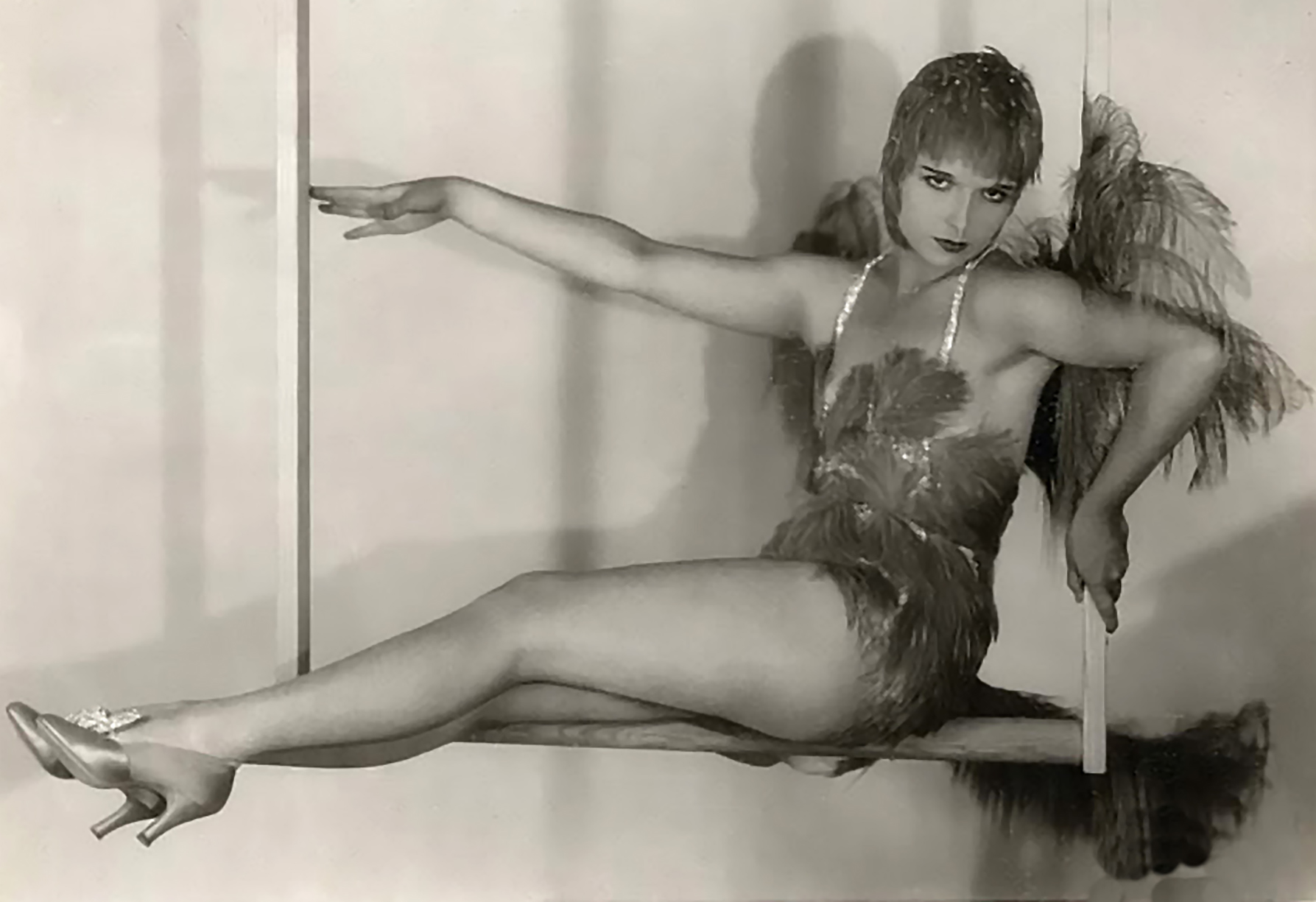
- Industry
Forgotten Hollywood: Louise Brooks’ Independent Spirit
Mary Louise Brooks was born on November 14, 1906, in Cherryvale, Kansas. She described her hometown as “a typical Midwestern community where the inhabitants prayed in the parlor and practiced incest in the barn.” When she was nine years old she was sexually abused by a neighbor, a dark secret she kept to herself until years later when she opened up to her mother, expecting some kind of understanding and comfort but instead was told that it must have been her fault for “leading him on.” Besides the physical trauma she had suffered, there were psychological effects that would haunt her for the rest of her life, affecting her everyday decisions and love life. She admitted to not knowing what it meant to receive or give love.
At an early age, she took dancing lessons and then joined the Denishawn Dancers, touring the country with the troupe before landing in New York City, where a long-standing personal conflict between her and the troupe’s founder Ruth St. Denis reached its simmering point, where Denis in front of the other dancers told Brooks “ I’m dismissing you from the company because you want life handed to you on a silver salver.” Brooks was only 17 at that time, but those words made a strong impression on her. “The Silver Salver” was the title she gave the tenth and final chapter of her planned 1949 autobiography.
Shortly after her dismissal from the troupe, she found employment as a chorus girl in “George White’s Scandals” and then moved on to appear in the Ziegfeld Follies as a semi-nude dancer. It was there that she caught the eye of a Paramount Pictures producer and was signed to a five-year contract with the studio. Moving to Hollywood, she met Charlie Chaplin at one of the cocktail parties and the two carried on a two-month summer fling although Chaplin was married at the time. When the affair ended, Chaplin sent Louise a check in the mail, which she declined and wrote him a thank-you note instead. She then moved on to having another affair with a married man, the head of Paramount Pictures Walter Wanger. MGM dangled a contract before her, and Wanger tried to persuade her to take the MGM offer, telling her that it would squash the rumors that she had only obtained the Paramount contract because of her intimate relationship with him. But she chose to stay with Paramount. Brooks appeared in several supporting roles in ‘silent light comedies and flapper films’ before landing her breakthrough role as the heroine in Beggars of Life. Brooks played a country girl who kills her foster father who attempts to rape her. During the production of the film, Brooks had a one-night stand with a stuntman, who the very next day spread a malicious and false rumor that she had contracted a venereal disease by sleeping with a producer. Amid the on-set tensions, Brooks clashed with William Wellman whose risk-taking style almost caused her death when he required her to climb aboard a moving train. When the movie wrapped Brooks started shooting The Canary Murder Case. The events surrounding this movie would haunt Brooks for the rest of her life and shape her legacy as an independent spirit ahead of her time.

Louise Brooks socialized with the likes of William Randolph Hearst and his mistress Marion Davies. it was there that she met Pepi Lederer, Davies’ niece. They had a brief sexual liaison which resulted in Davies and Hearst committing Pepi to a mental institution where she committed suicide. Brooks became more and more disillusioned with Hollywood and the parts she was being offered, so, leaving an unfinished contract at Paramount, she packed her bags and left for Europe. There she starred in three major films which would make her an international star: Pandora’s Box 1929, Diary of a Lost Girl 1929, and Miss Europe 1930. The first two films were directed by G.W. Pabst, and after the shoots were over, she had a one-night stand with Pabst. Pabst told Brooks that her light-hearted approach to her career would end iStudios would not hire her, and when roles did come her way, she would turn them down to visit her then-lover, George Preston, in New York. She was offered a film with James Cagney, but the role ultimately went to Jean Harlow. In 1931 Brooks declared bankruptcy and began dancing in night clubs. She made an attempt at coming back to films and was offered a bit part in Marlene Dietrich and Greta Garbo.” At the same time the curator for the George Eastman House in Rochester, New York, James Card, found where she lived and convinced her to move to Rochester where she could study cinema. Once again Brooks began writing, but this time about her career, it was there that she wrote her memoir, “Lulu in Hollywood”. Film critic Roger Ebert heralded it as “One of the few film books that can be called indispensable”.
On August 8, 1985, she died of a heart attack, after suffering from arthritis and emphysema for decades, in her apartment in Rochester.